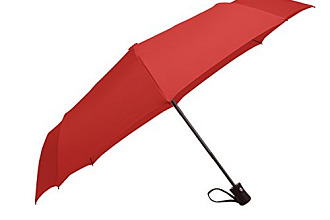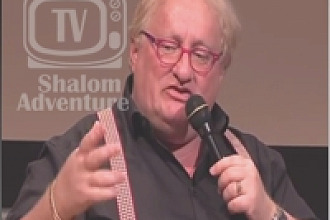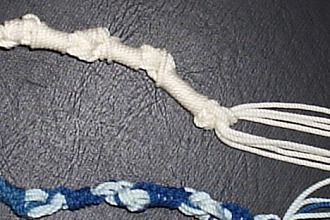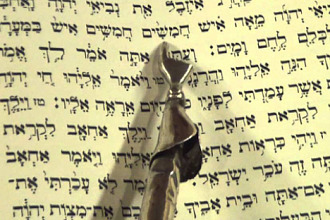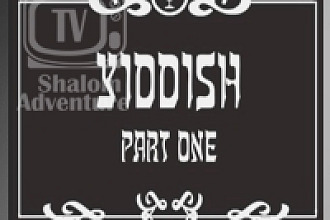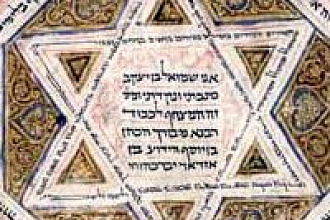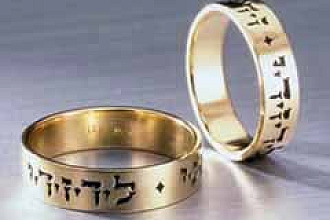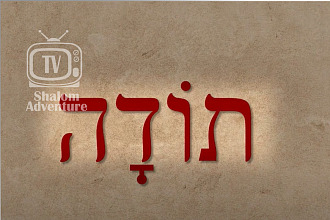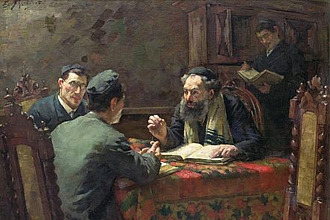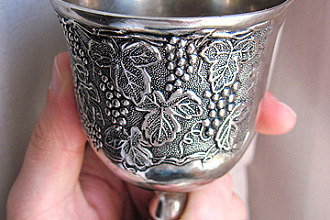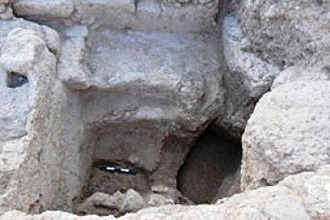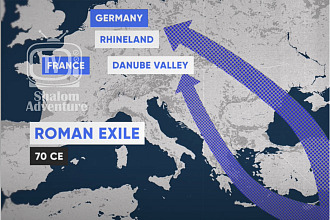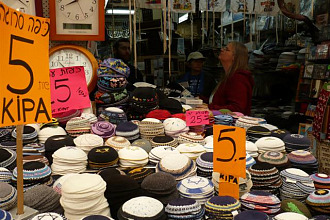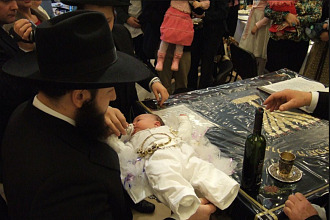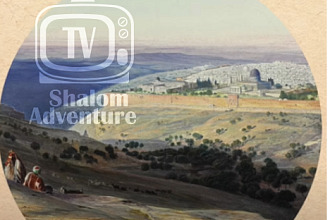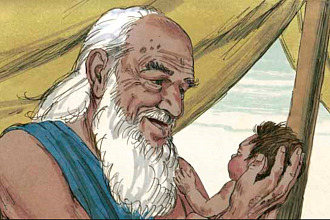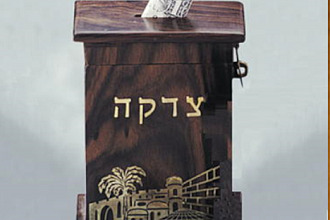The Western Wall is the western portion of the retaining wall of the Temple Mount where the Temple stood. The Hebrew for Western Wall is ha-Kotel ha-Ma'aravi, although it is usually called simply ha-Kotel, the Wall. Over the years, since the Temple was destroyed in 70 CE, we have had intermittent access to the Wall depending on who was controlling Jerusalem at the time.
In the 1530's Sultan Suleiman the Magnificent of the Ottoman Empire added on to the existing wall and gave the Jewish people freedom to worship.
From 1947 until 1967, during Jordanian rule over the Old City, no Jewish people were allowed at the Western Wall. On the third day of the Six-Day War, on June 7, 1967, the Israel Defense Force liberated the Kotel. Since that time it has been open to the public.
Today the visible section of the Western Wall at the Western Wall Plaza is 57 meters (187 feet) long and about 18 meters (59 feet) high. But the full length of the Western Wall is actually 488 meters (1,600 feet) long! And the full height of the wall from its original foundation is 32 meters (105 feet) tall! Almost 90 percent of its length and 40 percent of its height is not seen from the Western Wall Plaza.
Millions of visitors come to the Western Wall in Jerusalem every year to pray, read from the Torahs, and insert pieces of paper with prayers written on them into the slots between stones. Many soldiers serving in the Israel Defense Forces pledge their loyalty to Israel at the Western Wall. Thousands of people come to celebrate their bar and bat mitzvah at the Wall.
Originally from: Jewish Discoveries by Jeff Zaremsky, pages 240-241, which contains a total of 22 fascinating chapters of biblical history and lessons plus 25 rich Jewish tradition sections, and 27 powerful testimonies, with over 40 beautifully rendered professional works of art all on over 300 jam packed pages. You can own this treasure by visiting www.Jewishheritage.net





